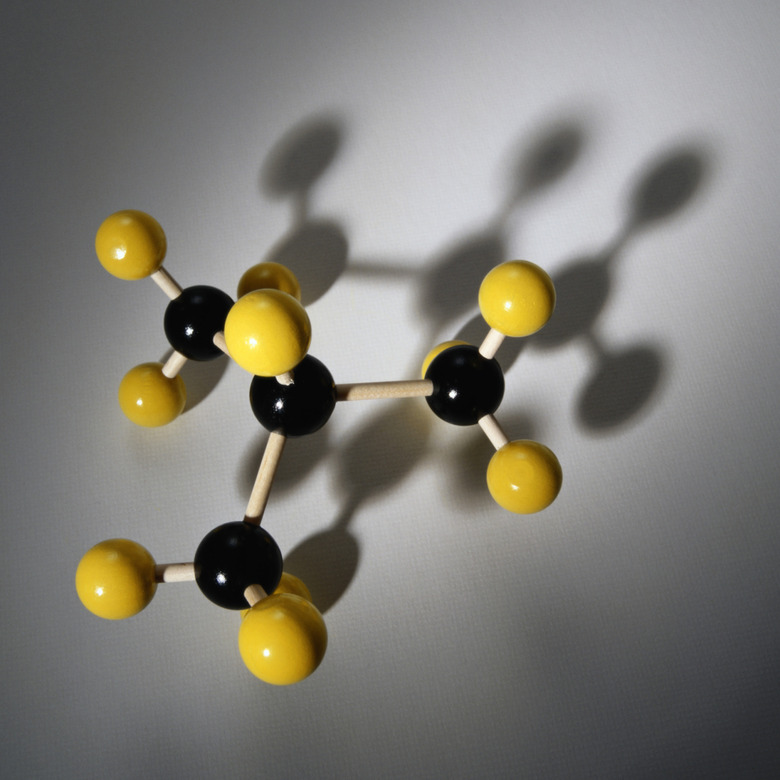Description Of The Basic Functions Of Enzymes In Cells
When you think about cells, you might picture the various organelles and components that make up a typical model of a cell. Unfortunately, you might leave out one of the hardest working parts of the cell: specialized proteins called enzymes.
TL;DR (Too Long; Didn't Read)
Enzymes are proteins that perform the everyday work within a cell. This includes increasing the efficiency of chemical reactions, making energy molecules called ATP, moving components of the cell and other substances, breaking down molecules (catabolism) and building new molecules (anabolism).
Catalysts for Change
Catalysts for Change
Enzymes are catalysts, which means they speed up the rate at which reactants interact to form products in a chemical reaction. To do this, enzymes lower the activation energy required for bonds to break and new bonds to form, making the formation of a product much faster. Without enzymes, these chemical reactions would proceed at a rate that is hundreds to thousands of times slower.
Making Energy
Making Energy
Living organisms store the energy required for daily life in the form of chemical energy. The main form of this chemical energy is adenosine triphosphate, or ATP, which acts like a charged battery. The main enzyme that produces ATP is ATP Synthase, which is part of the electron transport chain in the mitochondria of cells. For every molecule of glucose broken down for energy, ATP Synthase makes 32 to 34 ATP molecules.
Molecular Motors
Molecular Motors
Enzymes are the protein machines that perform the day-to-day functions within cells. They deliver packages from one part of the cell to another. They pull chromosomes apart when the cell undergoes mitosis. They leverage the cilia, which are like the oars of a cell, helping cells move themselves or other substances. Common motor proteins include myosins, kinesins and dyneins. These families of motor proteins catalyze the breakage of ATP into ADP (adenosine diphoshphate) to access the energy they need to do their grunt work.
Breaking and Building
Breaking and Building
The cells that comprise organisms obtain energy by breaking down organic carbon compounds such as sugar, protein and fat. Breaking these molecules down into smaller parts is catabolism, while building new molecules from these recycled smaller parts is anabolism. Enzymes perform these functions. For example, the simple sugar glucose stores a lot of energy, but the cell cannot access that energy to make ATP unless it is able to break the bonds within the glucose molecule.
Whether speeding up chemical reactions, making and storing energy for the cell or moving the cell, enzymes play crucial roles for cells.
Cite This Article
MLA
Ph.D., David H. Nguyen,. "Description Of The Basic Functions Of Enzymes In Cells" sciencing.com, https://www.sciencing.com/description-basic-functions-enzymes-cells-9763/. 11 May 2018.
APA
Ph.D., David H. Nguyen,. (2018, May 11). Description Of The Basic Functions Of Enzymes In Cells. sciencing.com. Retrieved from https://www.sciencing.com/description-basic-functions-enzymes-cells-9763/
Chicago
Ph.D., David H. Nguyen,. Description Of The Basic Functions Of Enzymes In Cells last modified August 30, 2022. https://www.sciencing.com/description-basic-functions-enzymes-cells-9763/
